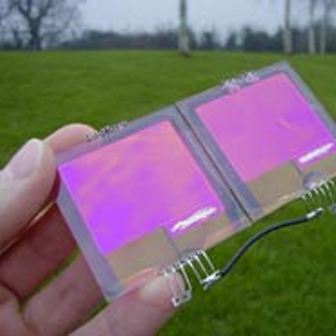
The most reliable renewable source of energy to power electronic gadgets as we have seen is the solar energy and fuel cells. Photovoltaic cells are commonly used alternatives to harness solar energy. Various models have evolved through various trial and errors method that has proven to be efficient and reliable. But then, even best of these models use silicon which is pretty expensive.
Carbon Trust, a British non-profit group that is working with some for-profit partners, has launched a £15 million research project to make cost-effective solar photovoltaic cells. The project is carried out in collaboration with University of Cambridge and The Technology Partnership. The approach is inclined towards using organic film with a polymer base that will reduce the cost largely when compared to silicon usage to make photovoltaic cells. Seemingly the are also focusing on simplifying manufacturing and installation, finding ways to prolong the life of organic solar products so that they will have broad commercial appeal.
Mark Williamson, Director of Innovations at the Carbon Trust says the specific aim is to accelerate the commercial exploitation of organic PV.
“The £5 million investment will cover the first three years of a longer-term project, taking proven science from the lab and finding ways to manufacture cells cost-effectively, take care of intellectual property, and ultimately build the concept into a scaleable commercial entity,” he says.
“The University of Cambridge brings world class expertise in pure science and has previously spun out scientific breakthroughs to become viable products, while TTP are renowned for commercialising early stage ideas.”
These organic PV cells can be used in a wide range of gadgets – for mobile charging, laptops, incorporated on windows and roofs to power electronic gadgets, water heaters etc. Not only is the usage of this product eco-friendly, but the product itself uses eco-friendly material proving the genuineness of this innovation.
via : Ecotality




